I am fascinated by multiple exposures with film cameras, because it allows me to use my imagination to create strange images. And besides, I like experimenting with things. This particular experiment came about because I wanted to try making multiple exposures with a compact film camera that doesn’t have an actual multiple exposure function.
The camera I used is the Fuji Cardia Mini Everyday OP – a compact film camera, with a fixed 28mm lens. The film was Fuji C200. In short, what I do is to shoot the first 36 exposures, reload the film, and then shoot another 36 overlapping exposures.
In practice, it is a little more complicated than that, because this camera has an automatic film loading system. So before inserting film into the camera, I use a marker pen to draw a mark on the film. This will help me align it when I load the film again. Upon loading, this camera automatically pulls out all the film up to the end, then counts down from 36 while retracting the film back into the canister.
For the first layer, I only shoot a series of silhouettes. When the roll is finished, the film is automatically pulled back into the canister. I use a film retriever tool to pull the leader out. Then I align it properly, referring to the mark I made the first time round, loading the film exactly as I did the first time. For the second layer, I shoot a series of images that feature colourful patterns such as trees, flowers and objects – quite different from the first layer which I captured earlier.
Getting the right exposure is also important. For the first layer (silhouettes), I look for high-contrast scenes such as tunnels, entrances to buildings, or backlit shots with the sun behind the subject. I focus and meter the light in a bright area – half-pressing the shutter to lock the desired focus and exposure, then recomposing the image in the viewfinder. Now I will get a silhouette, which is what I want – not what the camera deems to be a “correct” exposure. In fact, if your camera allows, you can use this technique for any image that you want to capture as a silhouette, including ordinary (single) exposures.
This method is not completely foolproof. For example, the image may not be precisely centered, or the second exposure may completely overlap the first, or the exposure may not be perfect, showing too much (or too little) detail. But I would say that such mistakes are in the minority. And even in such cases, the image I get is sometimes strange and beautiful.
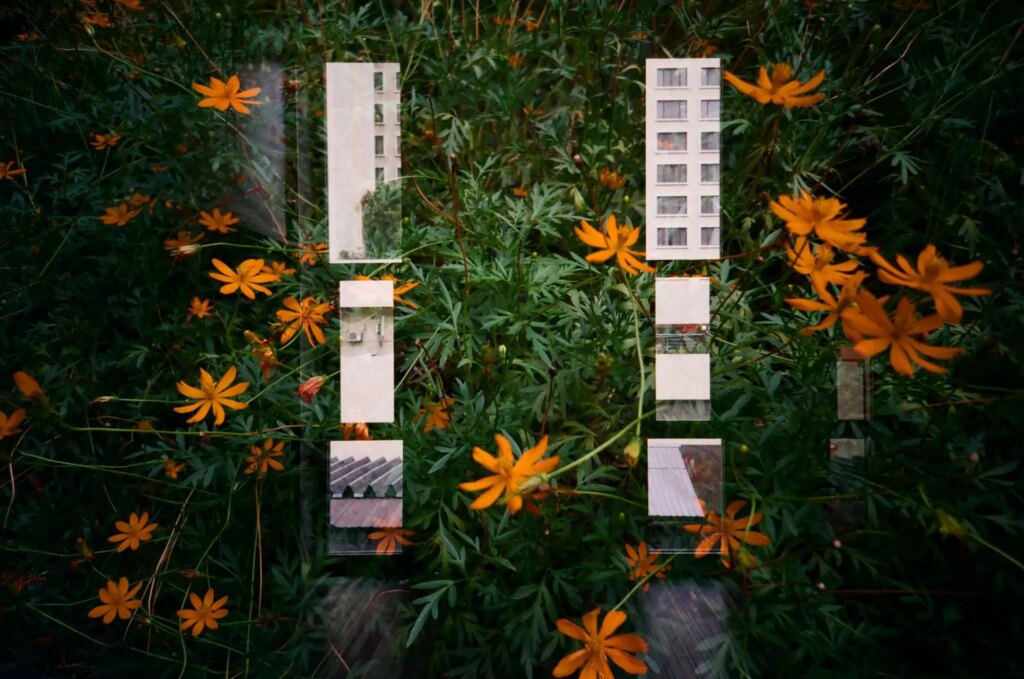
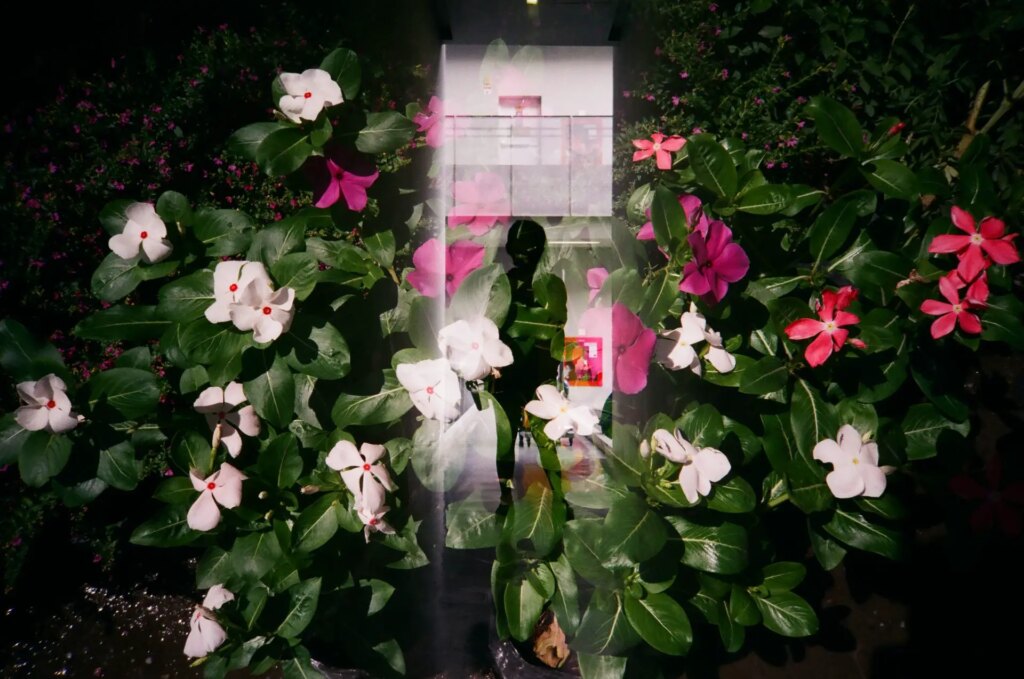
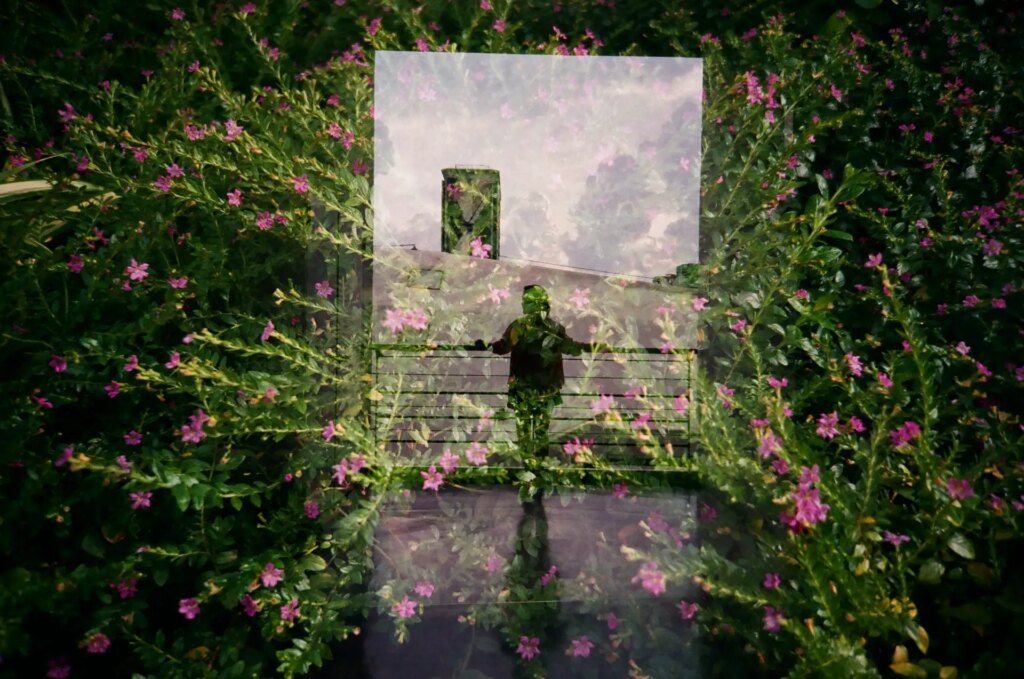
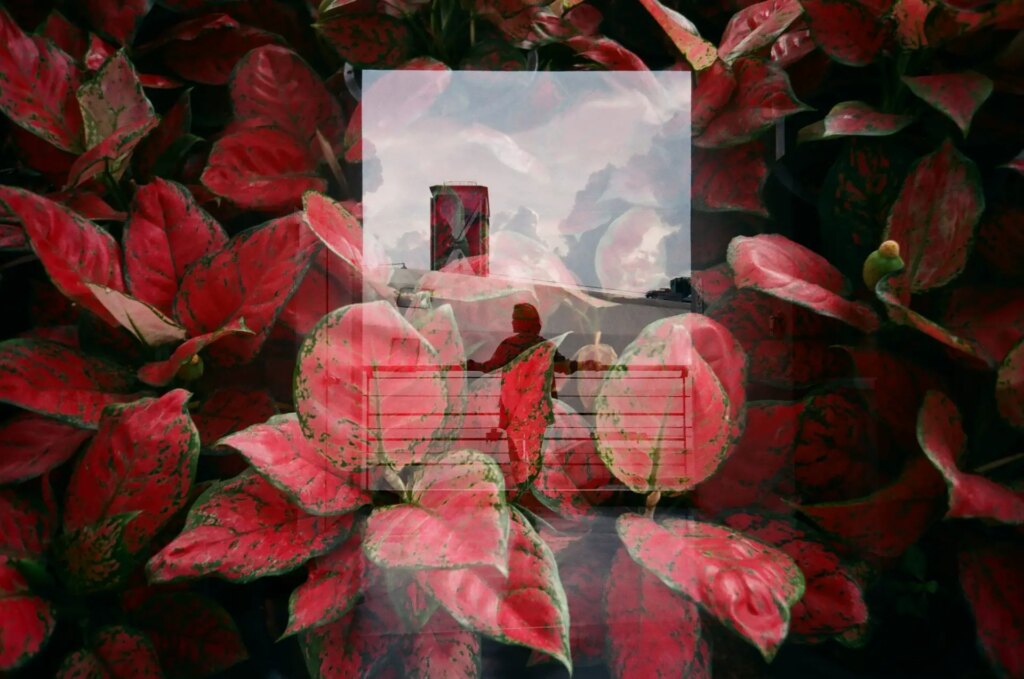
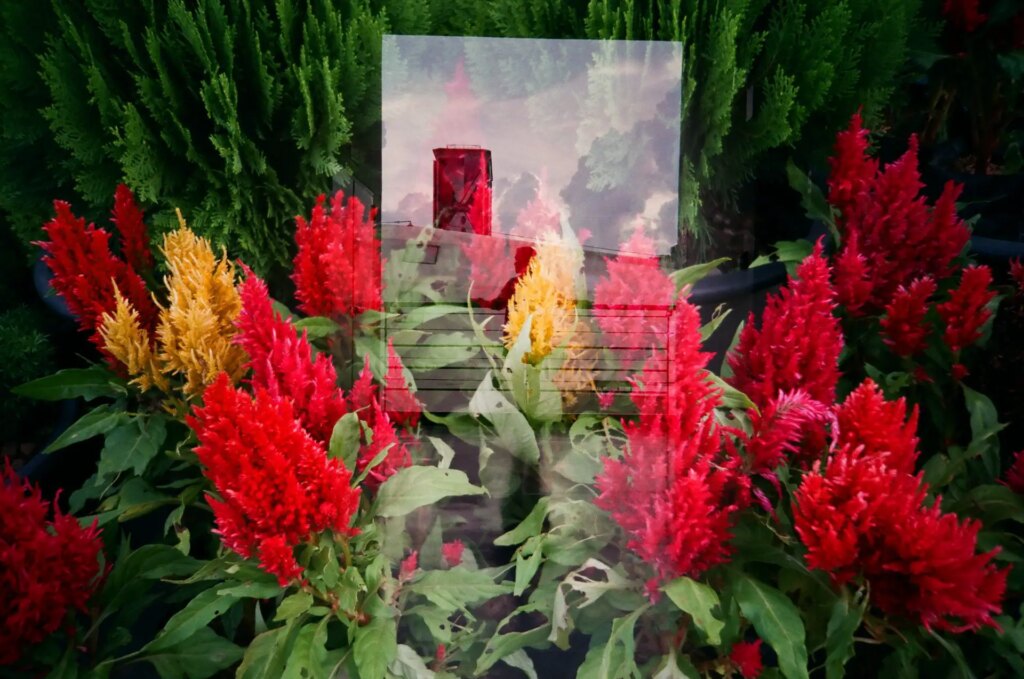
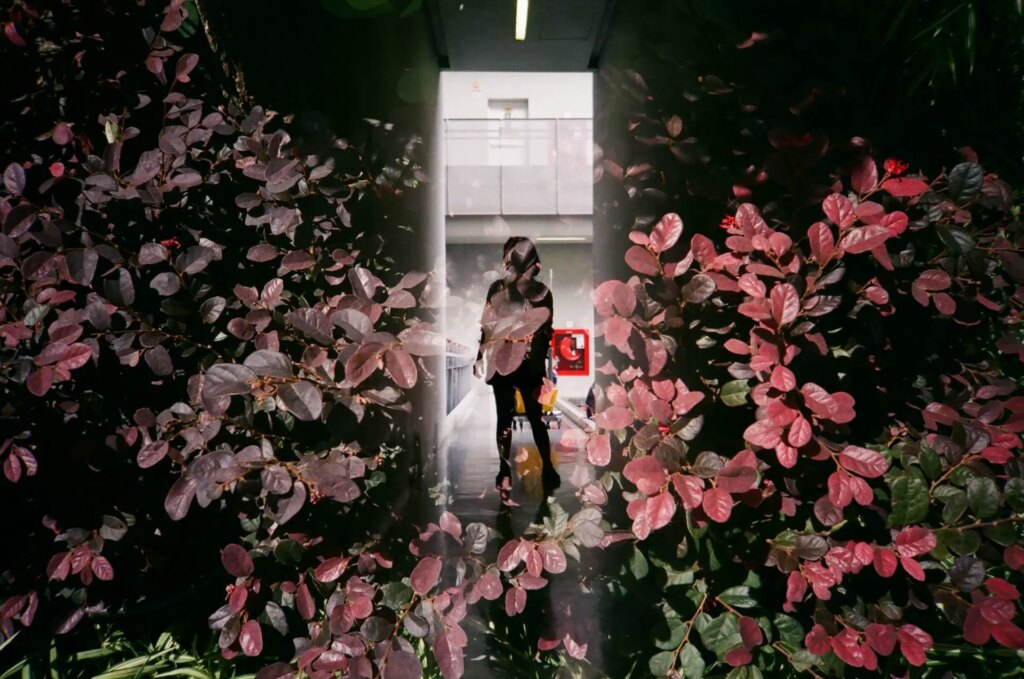
In general, I like experimenting with different projects and different types of photography. Another project I’ve started, and which I’d like to develop further, involves shooting double exposures where the first layer is a series of film strips. If I have a chance, I will try and write an article for you guys to read. You can see an example below, from one of my early experiments.
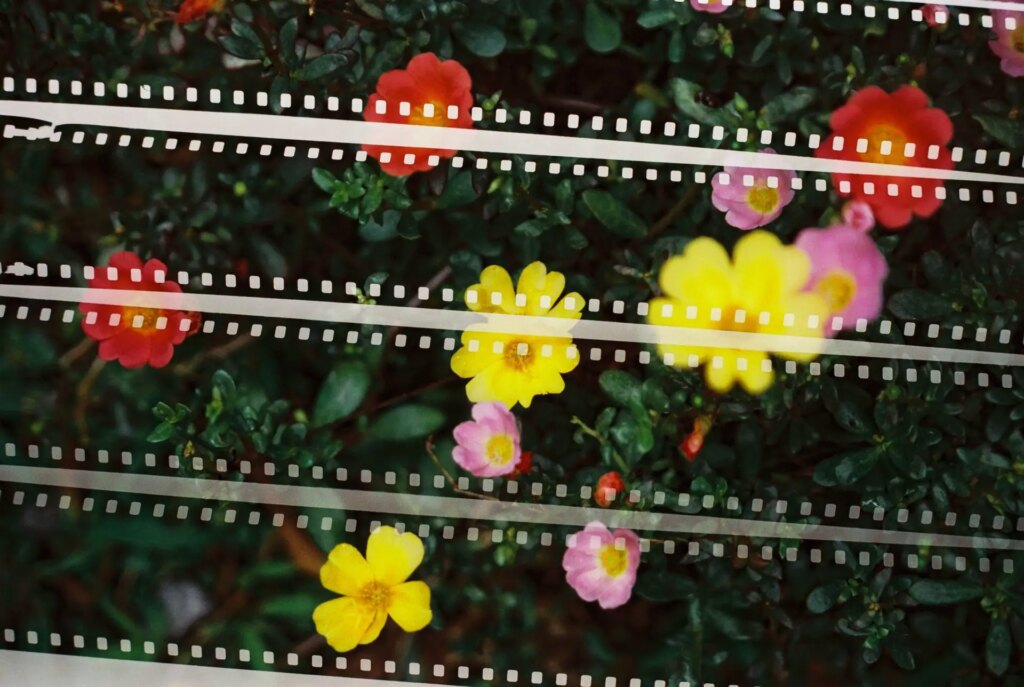
What I described is just one of many ways to make multiple exposures on a compact film camera which does not offer that feature. This experiment was born out of my enjoyment of photography, and I would say the results turned out to be quite good, at least for me! But even if the results are not good, I still like it, because I enjoy thinking and experimenting with the things I love. Have fun with photography!
Thank you so much for reading and I hope you enjoyed the experiment I shared. If you want to see more You can follow or add friends my Facebook.
Share this post:
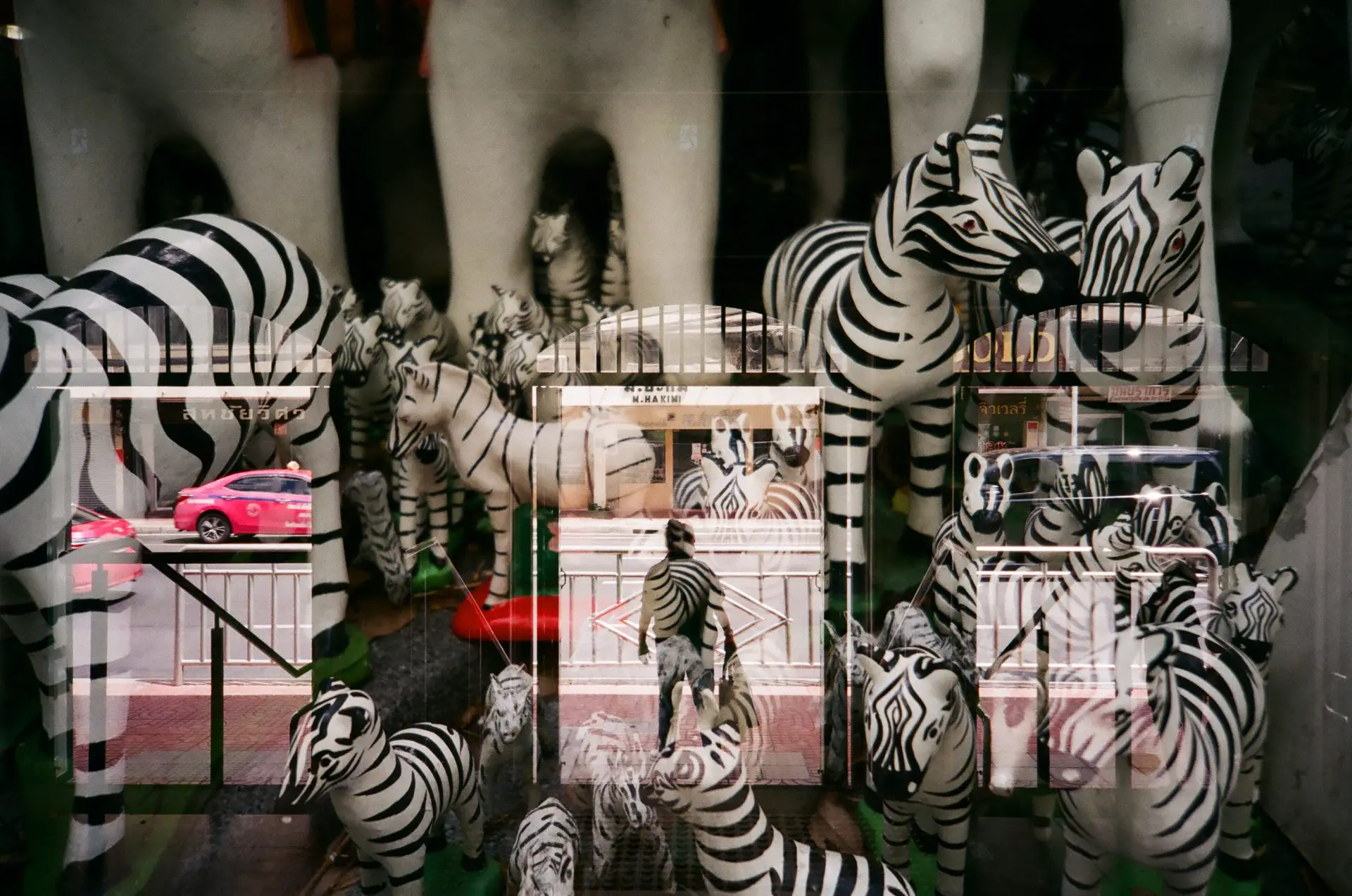








Comments
Keith Devereux on Multiple Exposure Experiment with a Compact Camera that Cannot Take Multiple Exposures – by Puttipong Nipat-u-tit
Comment posted: 19/08/2022
Comment posted: 19/08/2022
Kamrul Hasan on Multiple Exposure Experiment with a Compact Camera that Cannot Take Multiple Exposures – by Puttipong Nipat-u-tit
Comment posted: 20/08/2022
Comment posted: 20/08/2022